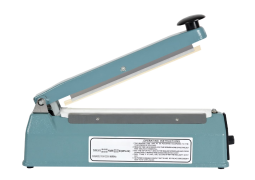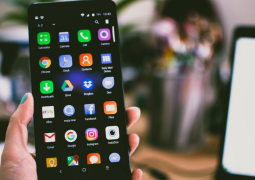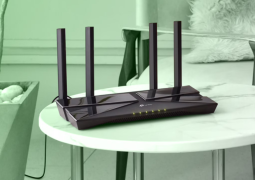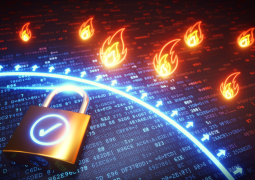Mobile Banking: How It Will Become the Default for Consumers
by ago0
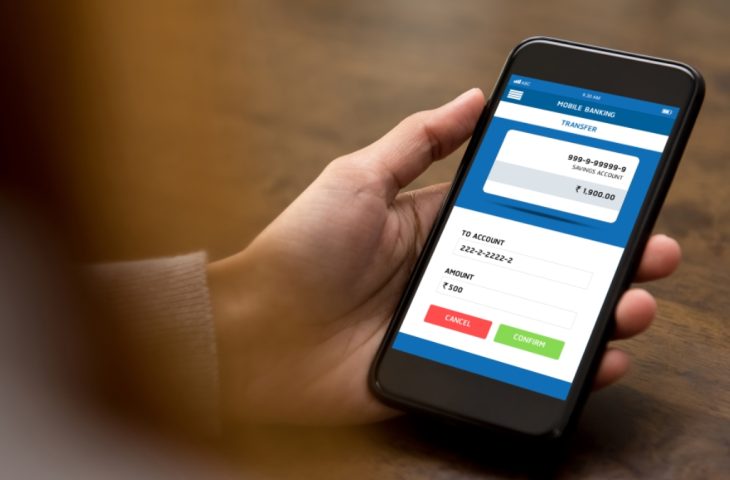
No one enjoys waiting in line at a bank. It takes forever, and most of the time, the same things can be done faster on a phone. That’s why mobile banking is taking over. People want to send money, check their balance, and pay bills without leaving their couch. Banks have noticed, too. Many are closing physical branches because fewer people are showing up. Why waste time when you can do everything in seconds with an app? With mobile banking getting smarter and safer, it’s no surprise that traditional banking is slowly becoming a thing of the past.
How Mobile Banking Makes Life Easier
Imagine needing to split a restaurant bill, but no one has cash. No problem: just send money instantly through a banking app. That’s how easy mobile banking has made things. Everything happens in real time, whether you need to deposit a check, schedule a payment, or get alerts about your balance. Banking apps now have spending trackers and budget tools, so you can see where your money is going without doing math. And the best part? You don’t have to rush to a bank before it closes because your phone is your bank, and it’s open 24/7.
Is Mobile Banking Safe?
One of the biggest fears people have about mobile banking is security. No one wants their account hacked. The good news? Banks take security super seriously. Most apps use biometric logins like fingerprints or facial recognition, and some even let you freeze your card instantly if you see suspicious activity. Multi-factor authentication makes it even harder for scammers to get in. And if anything weird happens, you get real-time fraud alerts. In a way, mobile banking is actually safer than carrying around cash or writing checks, which can be stolen or lost.
Managing Money Across Multiple Apps
With so many banking apps, budgeting tools, and financial platforms available, managing money can get confusing. People often use different apps for saving, investing, and tracking spending. That’s why some financial services now sync account data across different platforms to provide a clearer financial picture. Many budgeting apps, for example, help users track income, expenses, and savings goals by linking accounts securely. Some even use open banking API to allow real-time updates, so people don’t have to manually input every transaction. Having all financial data in one place makes budgeting, planning, and making smarter financial decisions easier.
What’s Next for Mobile Banking?
The future of mobile banking is looking pretty awesome. Banks are already testing features like voice-activated payments, where you can tell your phone to transfer money and AI-powered chatbots that can answer banking questions instantly. Some apps are even using blockchain technology to make transactions even safer. And let’s not forget the rise of cashless payments, where you might never need to swipe a card again. Just tap your phone and go. The need for physical banks is going to shrink even more. This will make banking from your phone the standard way to manage money.
Will Physical Banks Even Exist in the Future?
At this rate, bank branches might become like phone booths: rare and unnecessary. Some banks will probably keep a few locations open for big financial moves, like mortgages or business loans, but for most everyday banking? The future is 100% digital. Mobile banking is faster, easier, and safer than ever before, so it just makes sense. If you’re still relying on old-school banking, now’s the time to switch, because the world is moving forward, and soon, your phone will be the only bank you need.
